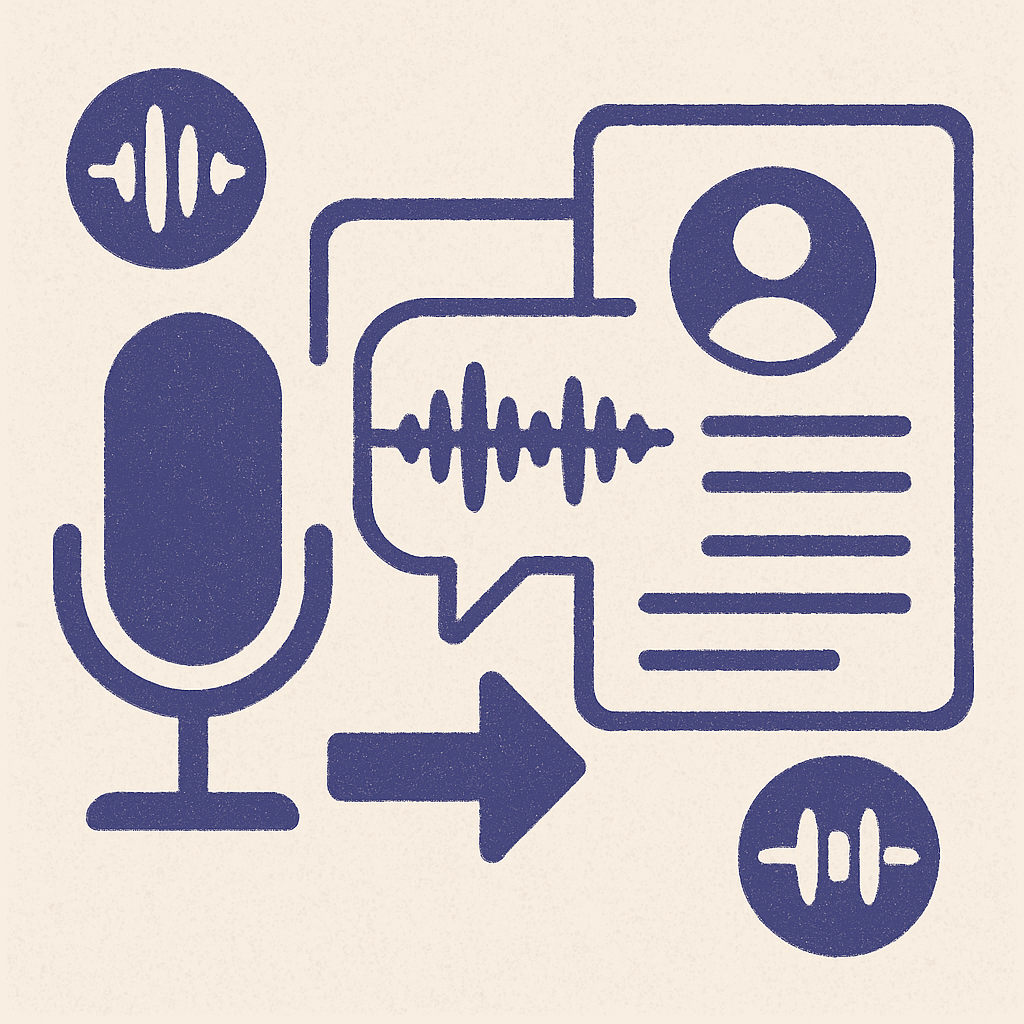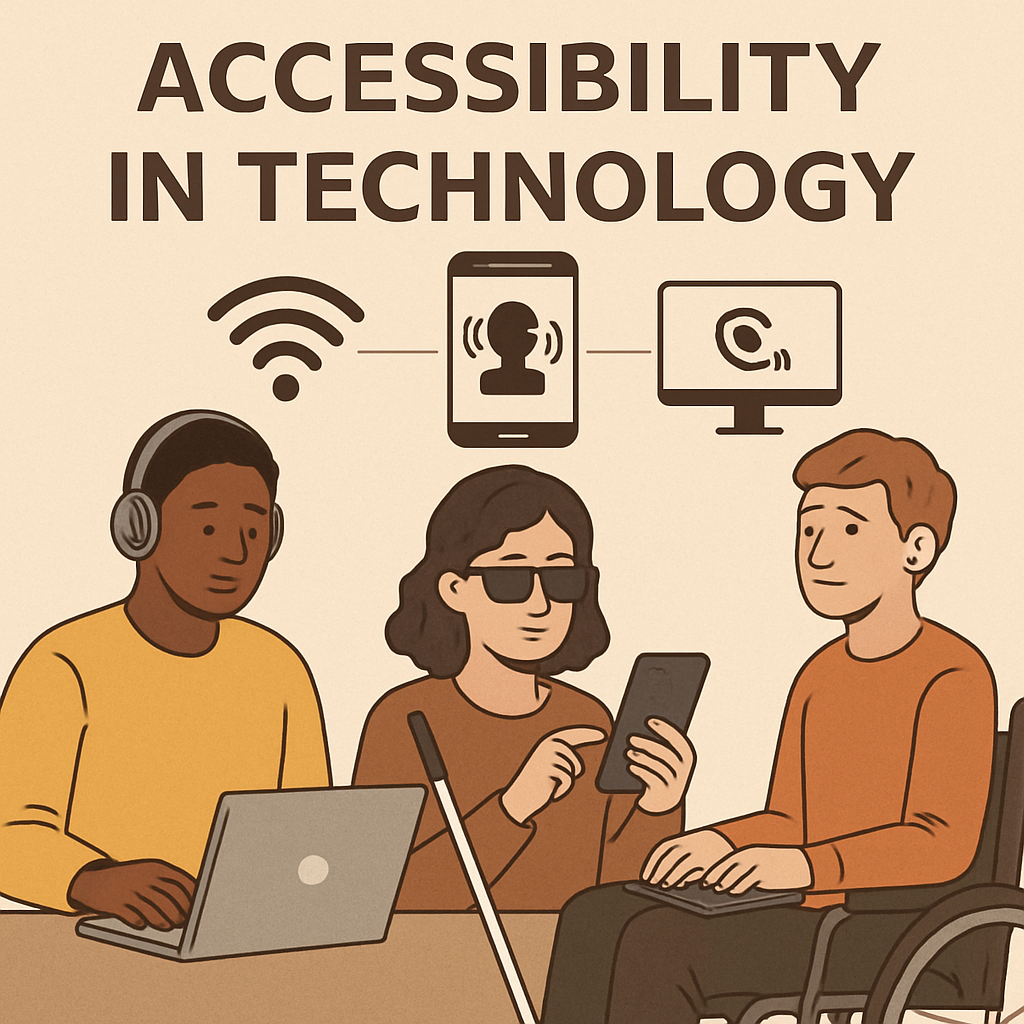Moreover, as remote work and digital communication become more prevalent, the necessity for reliable transcription tools grows. Audio to text converters not only assist in preserving vital information but also in enhancing accessibility for diverse audiences. For businesses, this can mean improved communication and documentation, while individuals can benefit from more organized personal records. The convenience and versatility of these tools make them indispensable in a variety of settings, from boardrooms to classrooms, and even in everyday life.

Audio to text converters are software applications or online services that transcribe spoken words into written text. They use advanced algorithms and artificial intelligence to recognize speech patterns, converting audio files like MP3s or WAVs into readable text documents. This process is known as transcription. The evolution of these technologies has been driven by the increasing need for efficient data management and the desire to make digital content accessible to a broader audience.
How Do They Work?
The technology behind audio to text converters involves several key steps:
- Speech Recognition: The software identifies and analyzes the audio signals, separating spoken words from background noise. This step is crucial as it forms the foundation for accurate transcription. Advanced speech recognition systems are trained using extensive datasets that improve their ability to distinguish between different accents, dialects, and even speech impediments.
- Language Processing: Using natural language processing (NLP), the software interprets the words and phrases within the context of the conversation. NLP enables the system to understand the nuances and subtleties of language, such as idiomatic expressions and jargon, which enhances the coherence and relevance of the transcription. As NLP technologies continue to advance, they are becoming more adept at capturing the intricacies of human speech.
- Text Output: The software converts the recognized speech into text, formatting it into a coherent document. This step often involves automated punctuation and paragraphing, which can further enhance readability and comprehension. With advancements in AI, these tools have become more accurate and accessible, making them invaluable for various applications. The integration of machine learning algorithms allows these systems to continuously improve, learning from each transcription to provide even more precise outputs over time.
Key Benefits of Audio to Text Converters
1. Enhanced Productivity
One of the primary advantages of using audio to text converters is the significant boost in productivity. Transcribing manually is time-consuming and often prone to errors. By automating the transcription process, you can focus on other important tasks, ultimately increasing efficiency. This technological aid allows professionals to allocate their time more effectively, concentrating on strategic activities rather than administrative tasks.
Additionally, audio to text converters facilitate easier information retrieval. With transcribed documents, you can quickly search for specific information using keywords, which is far more efficient than listening through entire audio recordings. This capability is particularly beneficial in fields like journalism, legal work, and academia, where precision and speed are paramount.
2. Improved Accessibility

For individuals with hearing impairments or those who prefer reading over listening, audio to text converters offer greater accessibility. By providing written versions of audio content, these tools ensure that everyone can access and understand the information. This inclusivity is crucial in creating equitable environments, whether in educational settings, workplaces, or public domains.
Furthermore, transcriptions can be translated into multiple languages, broadening the reach of content to a global audience. This is particularly advantageous for businesses and content creators looking to expand their international presence, as it allows them to cater to diverse linguistic demographics without the need for separate audio recordings.
3. Cost-Effective Solutions
Many audio to text converters offer free or affordable pricing plans, making them a cost-effective solution for businesses and individuals alike. Whether you need to convert an MP3 to a transcript for free or use an online service, there are options available to suit various budgets. Investing in these tools can reduce the need for outsourcing transcription tasks, which can be costly and time-consuming.
Moreover, the scalability of these tools means that as your needs grow, you can easily upgrade to more comprehensive plans without significant investment. This flexibility is essential for small businesses and startups that need to manage their resources judiciously.
4. Accurate Transcriptions
Modern audio to text converters leverage AI and machine learning to deliver highly accurate transcriptions. While no tool is perfect, these technologies continually improve, offering precision that rivals human transcriptionists. As algorithms become more sophisticated, they are better equipped to handle complex audio scenarios, such as overlapping speech or technical jargon.
The reliability of these transcriptions can significantly impact decision-making processes. In fields where accuracy is critical, such as legal and medical sectors, having dependable transcription tools ensures that critical information is captured correctly, reducing the risk of costly errors.
Use Cases for Audio to Text Converters
Business Meetings and Conferences
Converting audio from meetings and conferences into text allows participants to focus on discussions without worrying about note-taking. This ensures that important details are captured accurately, facilitating better decision-making and collaboration. Additionally, having a written record of meetings can aid in accountability and transparency, as it provides a clear reference of what was discussed and agreed upon.
For businesses, this can also streamline internal communications and project management. With transcriptions, team members who were unable to attend meetings can quickly catch up on what they missed, ensuring that everyone remains aligned and informed.
Academic Research
Researchers and students can use audio to text converters to transcribe interviews, lectures, and discussions. This makes it easier to analyze data, quote sources accurately, and compile research findings. The ability to transcribe audio swiftly allows researchers to spend more time on data interpretation and less on administrative tasks.
Moreover, for students, having transcriptions of lectures and seminars can enhance study and revision processes. It enables them to revisit complex topics and ensures that they can focus on understanding the material rather than frantically taking notes during class.
Content Creation
For content creators, transcribing audio files into text can help repurpose content across different platforms. From podcasts to YouTube videos, having a written transcript can enhance SEO, make content more accessible, and provide additional value to the audience. Written content can also be formatted into blog posts, articles, or social media snippets, maximizing the reach and impact of the original audio content.
Furthermore, transcriptions can aid in content editing and refinement. By reviewing the written version, creators can identify areas for improvement, ensuring that the final product is polished and engaging.
How to Choose the Right Audio to Text Converter
When selecting an audio to text converter, consider the following factors:
Accuracy and Speed
Look for tools that offer high accuracy rates and fast processing times. Reading reviews and testing out free trials can help you gauge the effectiveness of a particular service. It’s also important to consider the tool’s ability to handle various accents and speech patterns, as this can significantly impact transcription quality.
In addition, some converters offer real-time transcription capabilities, which can be beneficial for live events or meetings. This feature can provide immediate access to written content, enhancing the efficiency of information dissemination.
User-Friendliness
Choose a converter with an intuitive interface and straightforward navigation. This ensures that you can easily upload audio files and obtain text outputs without a steep learning curve. User-friendly tools can save time and reduce frustration, particularly for those who are not tech-savvy.
Consider tools that offer customization options, such as personalized dictionaries or adjustable playback speeds, which can further enhance the transcription experience. These features can tailor the tool to better suit individual preferences and needs.
Compatibility
Ensure that the tool supports various audio formats, such as MP3, WAV, and others. Additionally, check if the converter offers integration with other software or platforms you frequently use. Compatibility with cloud services, for instance, can streamline file management and sharing processes.
Moreover, assess whether the tool provides multi-language support if you frequently work with multilingual content. This can be a crucial factor for global businesses and researchers working in diverse linguistic contexts.
Cost and Features
Consider your budget and the features you need. Some converters offer basic transcription services for free, while others provide advanced features like multi-language support, speaker identification, and more for a fee. Evaluate whether the additional features justify the cost and align with your specific requirements.
It’s also worth considering the long-term investment potential of the tool. As your needs evolve, ensure that the converter can scale and adapt without incurring prohibitive costs.
Popular Audio to Text Converter Options

There are numerous audio to text converters available online, each with its own set of features and capabilities. Here are a few popular options:
1. Otter.ai
Otter.ai is known for its real-time transcription and collaboration features, making it ideal for meetings and interviews. It offers a free plan with limited transcription minutes and a premium plan for more extensive use. Otter.ai’s ability to integrate with platforms like Zoom further enhances its utility for remote workers and teams who need seamless transcription during virtual meetings.
The platform’s AI-driven features also include speaker identification and keyword summaries, which can significantly aid in organizing and analyzing meeting content.
2. Google Docs Voice Typing
For those seeking a free and simple solution, Google Docs offers a voice typing feature that allows you to transcribe audio directly within a document. It’s easy to use and readily accessible. While it may not offer the advanced features of other tools, its integration with Google Workspace makes it a convenient option for those already using Google’s suite of productivity tools.
This feature is particularly useful for quick transcriptions or when working on collaborative documents, as it allows for direct editing and sharing within the Google ecosystem.
3. Rev
Rev provides professional transcription services with high accuracy rates. While it is a paid service, it offers human transcriptionists for more complex audio files. Rev’s ability to handle challenging audio scenarios, such as multiple speakers or technical content, makes it a reliable choice for industries where precision is critical.
The platform also offers captioning and translation services, which can be beneficial for content creators looking to expand their reach and accessibility.
4. Transcribe by Wreally
This web-based tool offers both automatic and manual transcription options. It supports a wide range of audio formats and provides features like time-stamping and speaker identification. Transcribe’s versatility makes it suitable for various use cases, from personal note-taking to professional transcription projects.
The tool’s offline capabilities also ensure that transcription can be performed without an internet connection, providing flexibility for users in different environments.
Tips for Effective Transcription
To maximize the effectiveness of audio to text converters, consider the following tips:
Ensure Clear Audio Quality
Record audio in a quiet environment with minimal background noise. Clear audio enhances the accuracy of transcriptions, reducing the need for manual corrections. Positioning the microphone correctly and ensuring that speakers are at an appropriate distance can further improve audio clarity.
In addition, consider using soundproofing techniques or equipment to minimize ambient noise, especially in environments where complete silence is not feasible.
Use Quality Equipment
Invest in a good-quality microphone to capture audio clearly. This is especially important for professional recordings, interviews, and podcasts. A directional microphone can help isolate the speaker’s voice, enhancing the quality of the recording and, consequently, the transcription.
Moreover, regularly maintaining and testing your equipment can prevent technical issues that may compromise recording quality, ensuring consistent and reliable outputs.
Edit and Proofread
Even the best transcription software may require some editing. Review the output text for any errors or inconsistencies to ensure accuracy. This step is particularly important for content that will be published or used in formal settings, where precision is paramount.
Consider using grammar and spell-check tools to aid in the proofreading process. These tools can catch errors that may have been overlooked, ensuring a polished and professional final product.
Conclusion
Audio to text converters offer numerous benefits, making them an essential tool for anyone looking to improve productivity, accessibility, and communication. By selecting the right software and employing best practices, you can leverage these tools to streamline workflows and enhance the way you handle audio content. Whether for business, research, or personal use, the ability to transcribe audio to text quickly and accurately is a valuable skill in today’s digital landscape. The continued advancements in AI and machine learning promise even greater improvements in transcription technology, ensuring that these tools remain indispensable in our increasingly digital world. Embracing these innovations can position individuals and organizations at the forefront of efficiency and accessibility, driving success in various domains.


